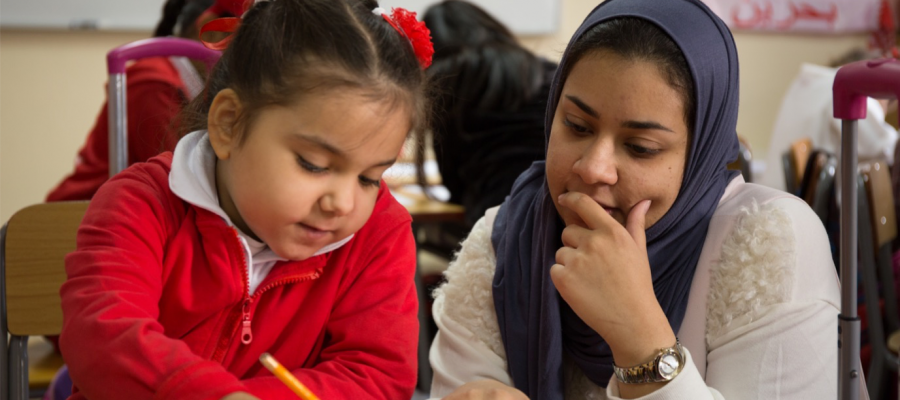Are you keen to help your young learners relax and feel comfortable with formal exams? Most of us are – but how do we go about this? We can’t keep practicing the test task with them – this is not good for their learning and doesn’t help them to really understand how they are being assessed. What we want is for them to feel confident that they can tackle a task in a formal exam and to give their best performance.
In order to do their best in a formal exam, students need to have a lot of information about the test.
They need to:
- know that they are being tested
- know what they are being tested on
- know how to do the test
- be well-prepared for the content
- be given manageable results
- be given a second opportunity
So that students have the best chance, we can use a range of strategies with our usual classroom activities which allow students to help themselves with what they need to do and to understand what the test tasks are doing. These strategies help build a feeling of success and achievement, which, in turn, helps their confidence in the exam.
Here are three strategies you can use with your usual classroom activities to help your learners approach any exam task with confidence.
1. Personalize
Activity: Use pictures from the task or have books closed, ask students questions about the task topic that relate to students’ own lives. Personalized questions help them to ‘imagine’ the scenario and setting and to think about the usual things that happen in that context.
How does this help?
- It helps students to understand that English can be connected to their own lives.
- It gives students a framework for making decisions about the language they need for the task e.g. vocabulary and grammar or functions.

2. Collaborate
Activity: Allow students to plan and prepare in groups, but give them a limited set of points to cover. Make sure they can easily achieve the number of points so they can feel successful. Don’t worry if each group ends up producing the same result
How does this help?
- It gives students some calm preparation time.
- It allows them to make mistakes in planning.
- You can monitor and pick up mistakes before students need to perform.
- Students can revise several times before production.
- Students can learn from each other.
3. Reflect
Activity: After completing a task, ask students to think about how they could do it better, i.e. what went wrong. They can do this as a class with you or in groups or pairs depending on their level.
How does this help?
- It allows students to discover for themselves what they find challenging, which helps them to progress more quickly.
- It allows students (and you) to have a discussion of how to get better.
- It gives students a deeper understanding of the task so it becomes less scary.
Next week, Elaine will share three more strategies for exam success with young learners. Be sure to let us know how these strategies work for you in the comment box below!
You can watch the recording of Elaine’s webinar “Preparing Young Learners for Exam Success” here.
Author: Elaine Boyd
Elaine has been working in language assessment for over 30 years working for a range of international exam boards. She has written several exam coursebooks for primary and secondary learners for leading international publishers. She has also developed courses in assessment literacy and formative assessment for teachers and teacher trainers. She conducts research into issues in classroom assessment and feedback and has a particular focus on primary learners. Elaine is a series consultant for Look , a seven-level primary series from National Geographic Learning.


